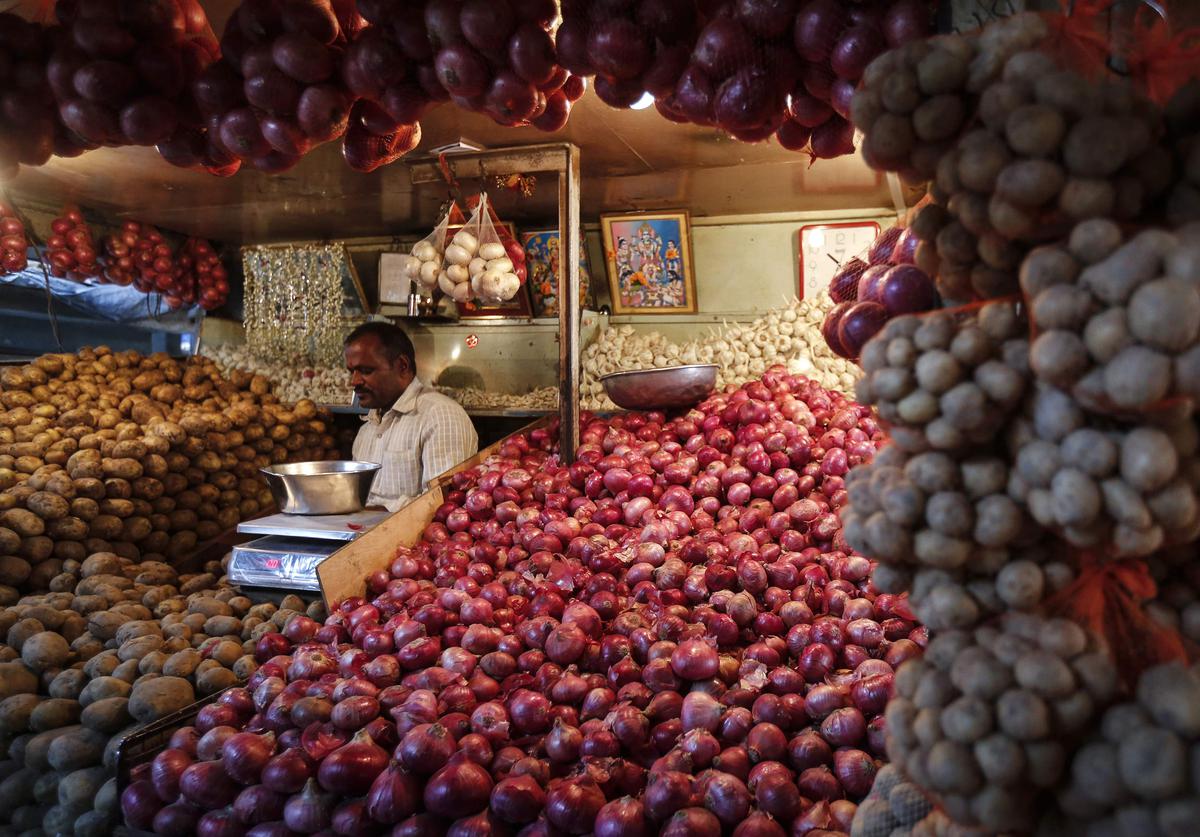With a 7-9% increase to roughly 425 million tonne (MT) in fiscal 2024, the country’s cement consumption is expected to expand for a third straight year, but the outlook for operating profits is still unclear.
According to a report by Crisil Market Intelligence & Analytics, the operational margins, which were under pressure because of high pricing for key inputs like coal and petcoke, will have an impact on the credit risk profiles of companies.
Throughout the first ten months of this fiscal year, the demand for cement increased by 11% year over year, driven by the quick completion of infrastructure projects and the robust growth of the real estate and rural affordable housing sectors. Due to the fact that building activity is booming across the country during this season, the momentum is anticipated to continue in the remaining months of this fiscal year.
The infrastructure and cheap rural housing segments would once more be the development drivers in the upcoming fiscal. The National Highways Authority of India’s budget has increased by 14%, and the total expenditure for the ministry of road transport and highways has increased by 25% year over year. In a year leading up to elections, spending for low-cost rural housing under the Pradhan Mantri Awas Yojana – Gramin (PMAY-G) has increased by 12.5% as well.
“With a cumulative increase of 68 MT over the fiscal years 2022 and 2023, strong demand is projected to result in additional sales volume of 30-35 MT in fiscal 2024. This results in a 30% increase in demand since the fiscal 2021 period, bringing the total volume to 425 MT in the following fiscal year. In the central and eastern regions, which account for more than 80% of PMAY-G construction, demand growth is probably going to be more pronounced, according to Hetal Gandhi, director of research at Crisil Market Intelligence and Analytics.

